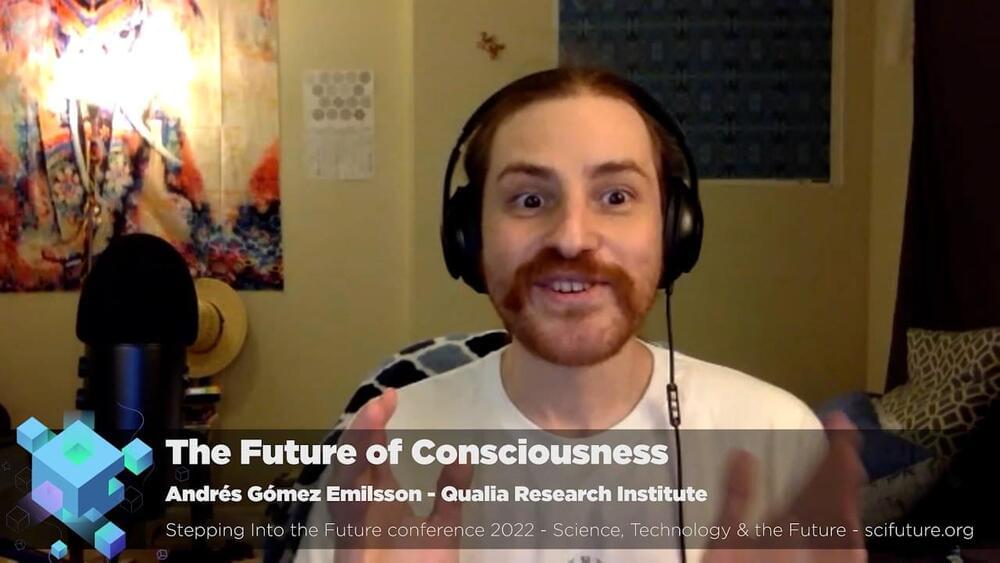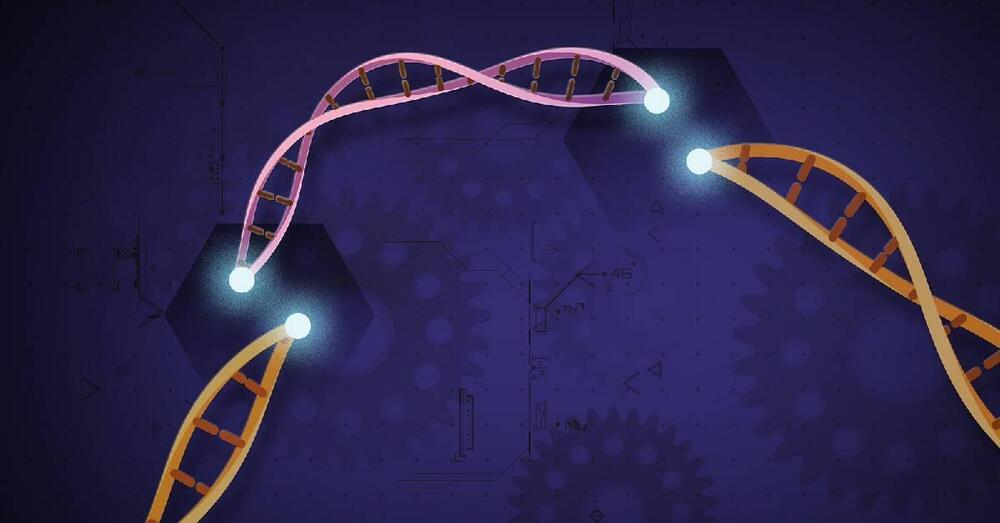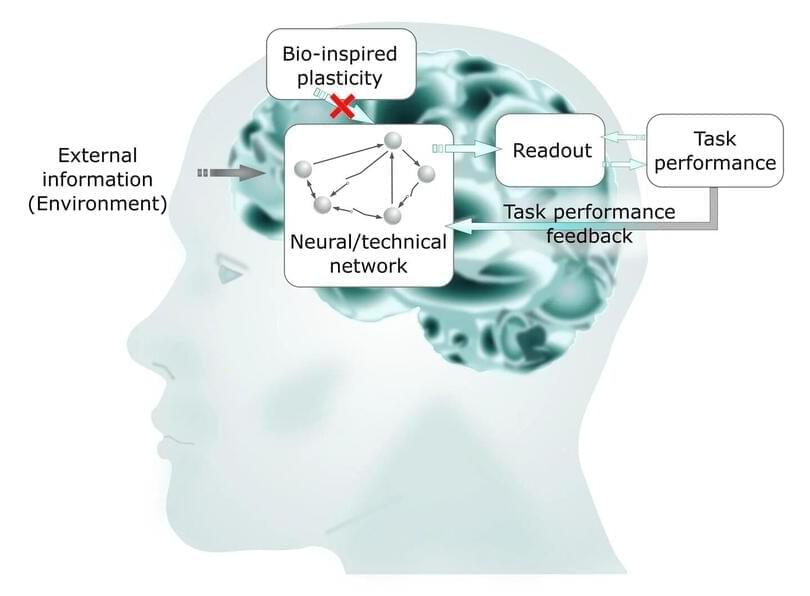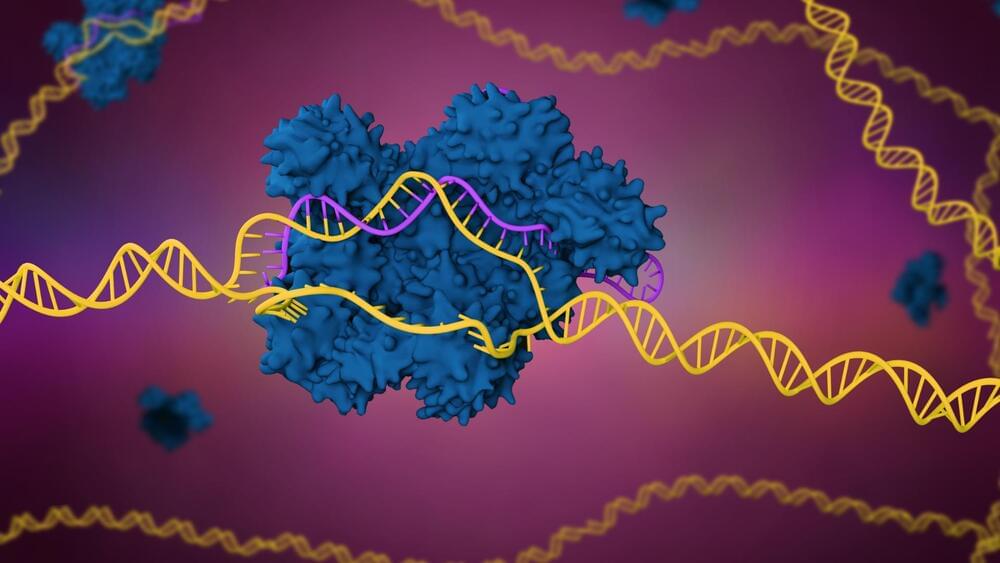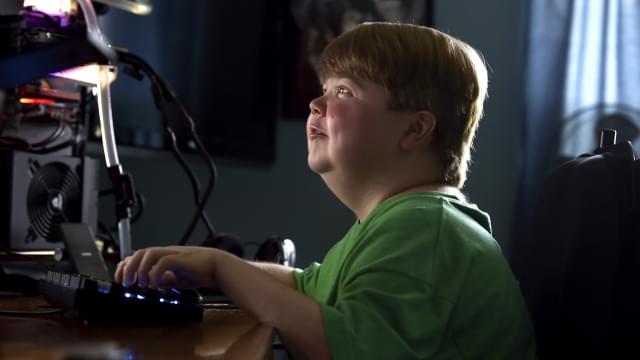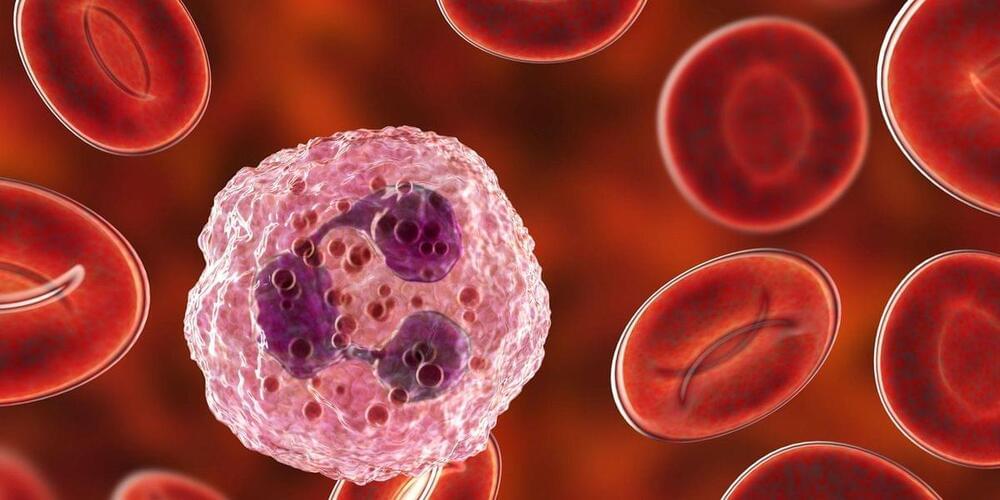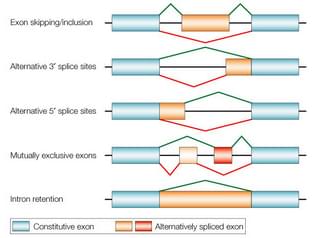Nov 15, 2022
The Future of Consciousness — Andrés Gómez Emilsson
Posted by Dan Breeden in categories: bioengineering, biotech/medical, neuroscience
Synopsis: In this talk we articulate a positive vision of the future that is both viable given what we know, and also utterly radical in its implications. We introduce two key insights that, when taken together, synergize in powerful ways. Namely, (a) the long-tails of pleasure and pain, and (b) the correlation between wellbeing, productivity, and intelligence. This informs us how to distribute resources if we want to maximize wellbeing. Given the weight of the extremes, it is important to take them into account. But because of the causal significance of more typical hedonic ranges, engineering our baseline is a key consideration. This makes it natural to break down the task of paradise engineering into three components:
Avoid negative extremes.
increase hedonic baseline, and.
achieve new heights of experience.
Continue reading “The Future of Consciousness — Andrés Gómez Emilsson” »
